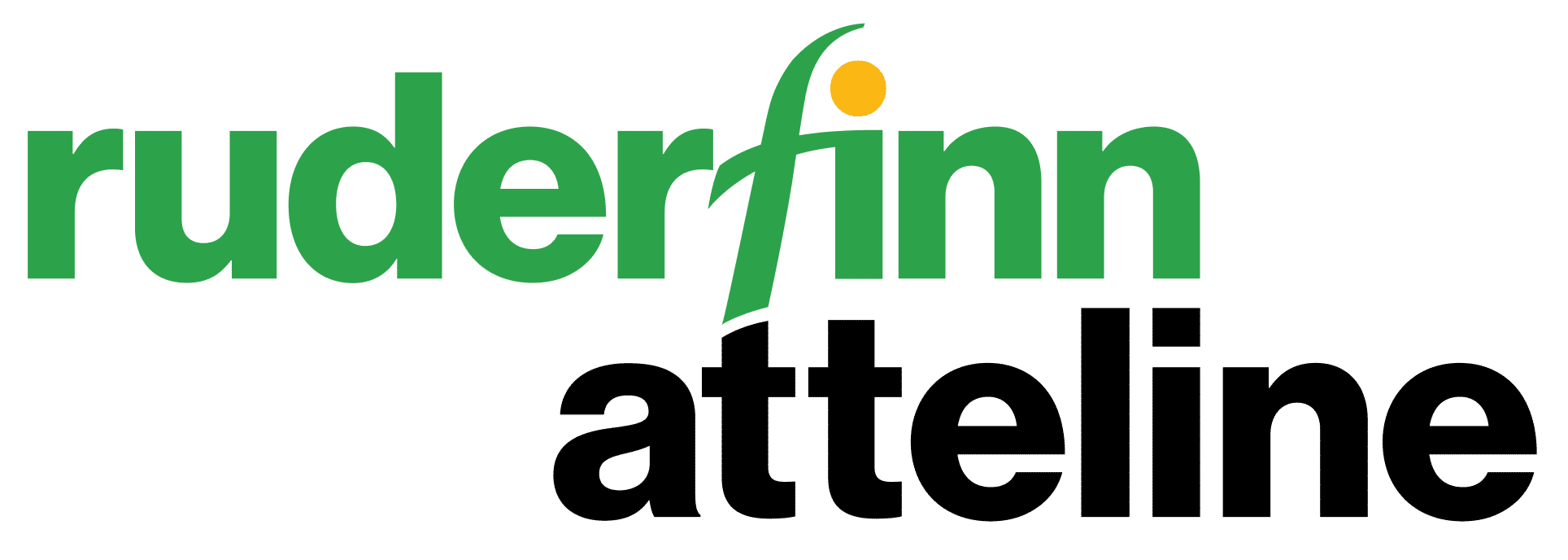Are you using a secure webpage?
Nowadays, online security has become the main focus for network administrators, with the personal information of internet users being prolifically shared across the web. As of January last year, 50% of the global population has access to the internet, from young ones to adult, from personal to corporate usage; everyone is connected to the largest information database in the world not knowing the risk of being exposed and keeping up with ways to avoid online danger is quite hard to easily eliminate.
So as an internet user, what does it really means to feel secure online? Are we safe browsing our favourite online shops, or online banking? Can we feel confident that our personal details aren’t being compromised? Is visiting websites for our own personal research, or simply enjoying the freedom of browsing world wide web with our dear friend google actually a private experience? Modern episodes, such as Facebook’s 2018 data scandal, have many of us doubting our online security, particularly when interacting with less established or “popular” platforms through online purchases or entering data.
HTTP VS HTTPS
Let me share you something that all normal web users tend to ignore: the difference when your URL says “HTTP” or “HTTPS”
HTTP, or what we call “HyperText Transfer Protocol”, is a tool used by network administrators to exchange information on the internet.
However, since everything is now readily available online, exchanging this kind of information is very risky, as personal information, credit card details, location and private files are within a hacker’s reach. Therefore administrators were forced to “step up” and secure the businesses they were, handling, which subsequently saw the invention of “HTTPS”. The “S” part at the end stands for “secure”, and it was added to protect the privacy and integrity of the webpage the user is accessing.
How to determine if you are using a secure webpage?
Make it a habit of checking your URL first before entering your personal information, card details, location or even uploading your documents and images. Whenever its says “Secure” with a padlock image, it means that whatever is saved, uploaded or even downloaded from that website is “secured”, and all your information is kept with strict confidentiality by the end user.
Otherwise, if it says “Not Secured” with an open padlock, think twice before proceeding with entering all your information or clicking “proceed to payment”, as you are at risk of someone stealing your information hacking your bank details.
That being said, one needn’t panic most of the companies who have website platforms use HTTPS to make sure that their client/user information is safe and secured, so you as a user your only responsibility is to be careful. While enjoying the internet, ensure that whenever you browse online to search for your favorite shoe or upload your most gorgeous selfie, check your URL first, as it is verified if the webpage is legitimate, safe and hacker free 😉
ATTELINE FRIENDLY REMINDER:
Always remember to be safe and vigilant and let your URL be your new bestie.
Words by: Lovely Napilan, Manila Office Manager at Atteline

